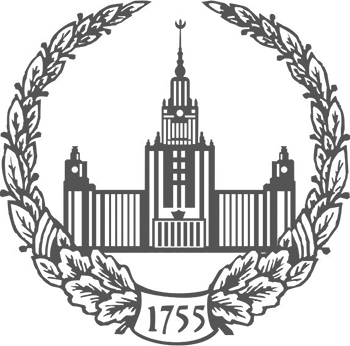
Department of History, Archeology and Local History
-
Social composition of monarchical organizations in Vladimir guberniya in 1905–1917Moscow University Bulletin. Series 8: History 2019. N 1. p.85-104read more1180
-
The article examines the social composition of the right-wing parties that operated on the territory of Vladimir guberniya in 1905–1917, i. e. the Union of the Russian People and its subdivisions — the Shuya Union of the Russian Orthodox People and the Ivanovo-Voznesensk Autocratic-Monarchist Party. Their social base was the proletariat, the petite urban bourgeoisie and, to a much lesser extent, the peasantry, which had very close economic relations with the regional towns. “Census” classes were very poorly represented in the monarchical organizations of Vladimir guberniya. Not only the priests and officials who were not recommended by their superiors to participate in the activities of the right-wing organizations, but even the nobility were mostly very wary of the Black Hundreds and were in no hurry to join them. This statement is even more apt in the case of the local bourgeoisie, whose representatives, even if sympathetic to the monarchical idea, preferred to remain sympathizers, and lately completely distanced themselves from the Black Hundreds and joined the right wing of the liberal camp. The intelligentsia initially ignored the right-wing organizations, preferring opposition parties of varying degrees of radicalism. The social composition of the monarchical organizations in Vladimir guberniya was rather tightly correlated with their geographical location. The majority of the right-wing parties in the industrial centres, such as Ivanovo-Voznesensk, Kovrov, Nikolskoe, etc., were the workers. In the other towns, including provincial Vladimir, the petit bourgeoisie dominated in the monarchical organizations. In the rural chapters of the Union of the Russian people, almost all the members were peasants. There is very little information on the sex and age composition of the right-wing organizations, but it can still be argued that women’s participation in their activities was quite high, while there were a few young people among the monarchists, since they adopted a more radical ideology
Keywords: Vladimir guberniya; monarchist parties; Union of the Russian People; Ivanovo-Voznesensk Autocratic-Monarchist Party; Shuya Union of the Russian Orthodox People; social composition; social groups
-
-
On the reasons for the popularity of monarchical ideas in Volhynia in the early 20th centuryMoscow University Bulletin. Series 8: History 2024. N 4. p.57-76read more413
-
In the early 20th century, the monarchist movement in Russia had several centers, one of which was Volhynia province. The purpose of this article is to identify the reasons for the success of the monarchists in the south-western fringes of the empire, particularly in Volhynia. The scientifi c novelty of this research is twofold: firstly, it utilizes a wide range of sources, some of which are first introduced into the scientific discourse; and secondly, it employs the latest achievements of both domestic and foreign historiography. The most signifi cant reason for the popularity of monarchist ideas in the South-Western territory was the presence in the region of a constantly smouldering ethno-confessional confl ict between Orthodox, Catholics and Jews. This was rooted in the region’s acute socio-economic contradictions, chiefly the ongoing struggle for land between Orthodox peasants and Polish Catholic landlords, with Jewish tenants, who leased land to the peasants on unfavourable terms, becoming embroiled. Additionally, Jews effectively monopolized retail trade in the countryside. The Union of Russian People (SRN) emerged in the region, defending autocracy (which for the peasants embodied order and the patronage care of the sovereign for his people), Orthodoxy (the faith of their ancestors, for which the Cossacks had fought against the “Lyakhs” and “Jews” for centuries) and “Russian nationality” (with which Volhynia’s peasants identifi ed themselves). This development gave rise to a renewed sense of optimism among the Orthodox populace, who perceived the SRN as a potential bulwark against the “Polonization” of Volhynia province. Moreover, they anticipated that the SRN would facilitate their acquisition of land owned by Catholic landlords and would also assist in the dissolution of the trade monopoly held by the Jewish population. This was due to the fact that the SRN had declared both of them to be enemies of the autocracy. The personal factor also played an important role in the popularization of monarchist ideas in Volhynia. The Right had strong and influential leaders in the region, mostly clergymen. So these leaders could use not only the spiritual authority of the Pochaiv Lavra but also its material base in their political activities.
Keywords: Russian Empire, South-Western territory, Volhynia province, monarchist parties, Union of Russian People, Pochaiv Lavra, Vitaly (Maksimenko), Iliodor (Trufanov)
-


